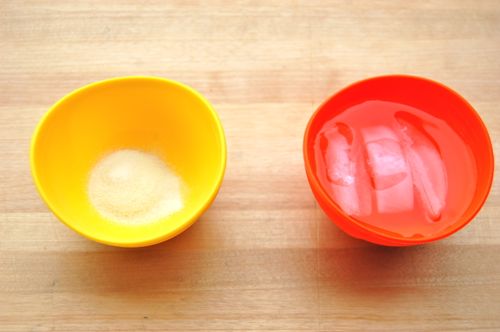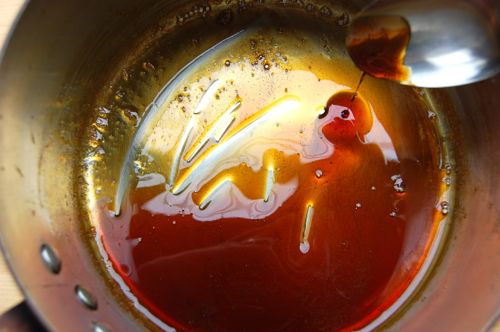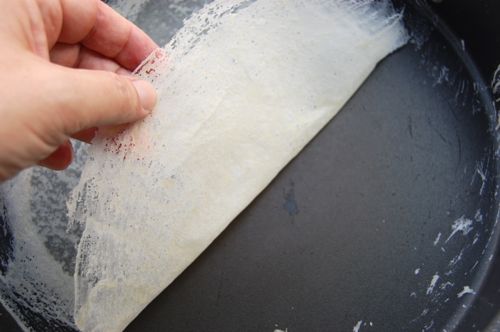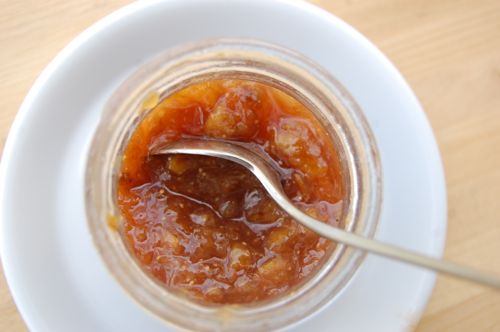Mincemeat Recipe
This is close to the classic Fannie Farmer recipe from The Boston Cooking School Cookbook. The original has too high a proportion of apples in my opinion, but if you want the original recipe, double the apples. I’ve also changed the processes a little, since the original called for boiling the beef. Ground beef, cooked in a pan and drained, will work just fine for our purposes (and will retain more of the beef’s flavor). This is for a small quantity, but it can be scaled up to your heart’s content!
1 lb. lean ground beef
1/2 lb. suet
1 lb. apples (Macintosh or Granny Smith)
1 quince (omit if you can’t find any, make it up with more apple)
12 ounces sugar
1/2 cup molasses
1 pint cider
1 lb. raisins
12 ounces currants
2 ounces candied citron
1 cup brandy
1 teaspoon ground cinnamon
1/2 teaspoon ground cloves
1/2 nutmeg, grated
1/2 teaspoon pepper
salt to taste






